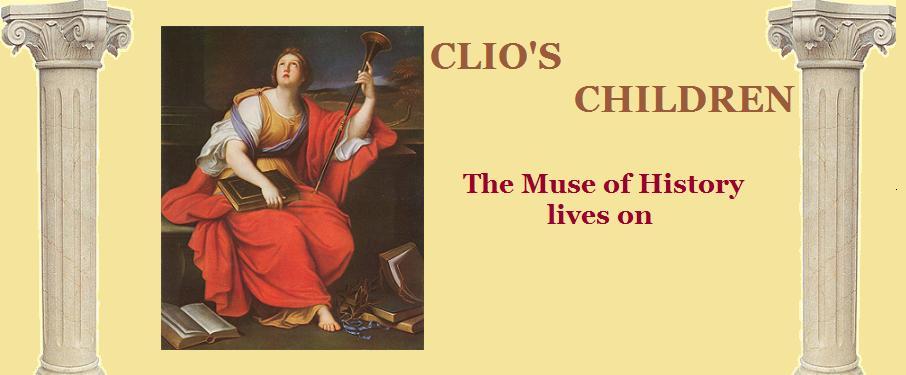Here's another post by guest blogger, Suzanne Adair
How is it possible to forensically create an accurate, life-sized figure of someone long dead without having access to the deceased's bones? The traveling museum exhibit, "Discover the Real George Washington: New Views from Mount Vernon," features three life-sized figures of George Washington at the ages of 19, 45, and 57. To create these figures for the exhibit without exhuming Washington, the folks at Mount Vernon sought the expertise of Dr. Jeffrey H. Schwartz, a forensic anthropologist at the University of Pittsburgh. Schwartz collaborated with at least ten other experts.
Schwartz used a laser technique to scan the three-dimensional life mask, bust, and statue created by Jean-Antoine Houdon when Washington was in his early fifties. The associated computer program captured points and extrapolated them, allowed the team to morph the shape of Washington's face and body according to known physiological data about him at various ages. Schwartz also had access to the following for Washington:
 Several issues affected Schwartz's interpretation of Washington. Tooth loss and use of dentures affect the shape of the jaw and mouth. Tooth loss for the first president started when he was in his twenties. By the time he took his oath of office at age 57, he had only one of his natural teeth left in his mouth and used an uncomfortable set of dentures. This set of Washington's dentures is on display in the exhibit.
Several issues affected Schwartz's interpretation of Washington. Tooth loss and use of dentures affect the shape of the jaw and mouth. Tooth loss for the first president started when he was in his twenties. By the time he took his oath of office at age 57, he had only one of his natural teeth left in his mouth and used an uncomfortable set of dentures. This set of Washington's dentures is on display in the exhibit.
Also, Washington had contracted smallpox in Barbados when he was nineteen. No records have been found to indicate the amount of facial scarring that he endured from the disease. However, Schwartz believes that a scar visible on Washington's left cheek in some portraits was from smallpox and not the result of a tooth abscess, as sometimes theorized.

According to Schwartz, children of the 18th century were corseted from an early age, boys through about their fifth year. This permanently affected the spine's shape and the body's carriage. Shoulders of adult men were brought back and down. The curve of the lower back was accentuated, as was the belly. In this portrait of Washington, you can see those features.
What were the results when Schwartz and his team pulled all of this together? Check back here on Wednesday for a look at George Washington when he was 19, 45, and 57.
Schwartz used a laser technique to scan the three-dimensional life mask, bust, and statue created by Jean-Antoine Houdon when Washington was in his early fifties. The associated computer program captured points and extrapolated them, allowed the team to morph the shape of Washington's face and body according to known physiological data about him at various ages. Schwartz also had access to the following for Washington:
- His dentures
- His surviving, unaltered clothing
- Portraits from actual sittings (v. sightings)
- Text sources such as letters and diaries that described Washington
Also, Washington had contracted smallpox in Barbados when he was nineteen. No records have been found to indicate the amount of facial scarring that he endured from the disease. However, Schwartz believes that a scar visible on Washington's left cheek in some portraits was from smallpox and not the result of a tooth abscess, as sometimes theorized.
According to Schwartz, children of the 18th century were corseted from an early age, boys through about their fifth year. This permanently affected the spine's shape and the body's carriage. Shoulders of adult men were brought back and down. The curve of the lower back was accentuated, as was the belly. In this portrait of Washington, you can see those features.
What were the results when Schwartz and his team pulled all of this together? Check back here on Wednesday for a look at George Washington when he was 19, 45, and 57.





